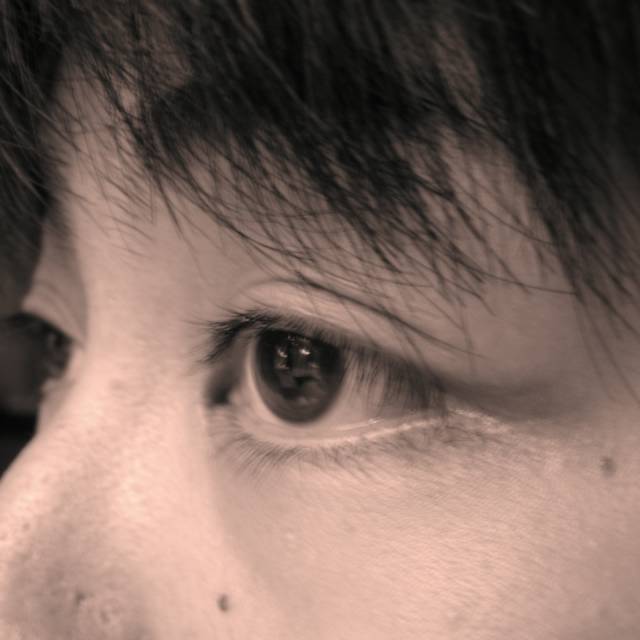wandering poet's sensory Haiku: "Collected Haiku of Santoka Taneda"
[There used to be a tradition of wandering poets in Japanese culture that dates back at least to the days of aristocracy in the A.D. 900s. They often dressed as begging bonzes, or were actually Buddhist monks, as well as being Haiku or Tanka (a longer form of Japanese poem from which Haiku derived) poets. Those vagabond poets usually counted on support from provincial lords and affluent merchants who appreciated their works. Their strange existence as wanders put them outside of the social norms of their contemporary. It tempted some as an escape from worldly concerns and a total concentration on their artistry, whereas others simply pursued the ultimate solitude in their wandering lives. Santoka Taneda belonged to that tradition, and probably one of the last. Born in 1882, Santoka led a life plagued with misfortunes and resulting self-destruction, mainly deriving from alcoholism and mental breakdowns. Even though he started writing Haiku in his twenties and published some of them, his artistry did not take off until he became a priest after he stopped a train in a drunken stupor. He was 43 years old. He experimented with free Haiku, which does not have the conventional 5-7-5 syllables, and now is considered to be one of the best in the field. During his nomad life that lasted from 1926 to the day of his death in October 1940, he wrote numerous free Haiku, many of which sharply capture the loneliness and sorrow of his sometimes joyously boisterous life, at the same time succinctly depicting sceneries form his vagabondage. (I am stunned to realize that he could continue his nomadic life well into the chaos and devastation of the World War II.) Below are some of his free Haiku's I translated from Japanese, along with my brief comment. Original text is available on 青空文庫, as well as a professional translation by James Green. The brief biographical information is based on a chronological table in "Taneda Santoka---a Wandering Haiku Poet" by Tota Kaneko, published by Kodansha, 1982.]
A firefly
When darkness scents
*All four Haiku listed here depend heavily on sensory perception. In this Haiku, uncertain feel of gradually dimming dusk in summer is presented through the visual image of the first firefly of the evening. The second line rivets the vague, inexplicable sense of insecurity by focusing on the olfactory perception, thus suggesting the dimness that only allows flickers of the firefly to be visible.
Hailstones even into the iron bowl
*This piece deploys even more sensory perception: auditory, visual, and tactile. Those who know a bit about the poet's nomadic life will instantly have the image of him on the road, in the middle of nowhere, being hit by a sudden cold storm. The freezing weight of the iron bowl (that he uses for mendicancy) is almost tangible. The contrast between the white of the hailstones and the black of the bowl can be vividly seen by our mind's eyes. The sharp metallic sounds of hails popping against the bowl accentuates the poet's solitude---there is no other sound around him.
A crow's caw
I am alone, too
*This is an homage to a free Haiku by Hosai Yamaguchi, who apprenticed under the same Haiku poet as Santoka. "Even when I cough/I am alone" is the original by Hosai. In Santoka's version, crow's caw is used to spotlight the solitary silence, instead of the poet's own cough. By using the sound from the nature, Santoka succeeded in taking the solitude out into the wilderness where he roamed, from the confinement of a small tatami-matted room where Hosai probably gave out a cough without having anybody hear him.
Silence of the mountain
Is a white flower
*The overwhelming silence in the untrodden mountains is given an incarnation in a white flower. The vast scope that encompasses an entire mountain (or the silence that dominates the entire world of the poet, on that matter) is instantly condensed into a microcosm of a single white flower through the funnel of appropriate verb "is." The two radically different auditory and visual images are linked together with such an amazing swiftness that one almost feels the sheer force of imagination that compresses the huge mass of mountain into a small, fragile flower.



0 Comments:
Post a Comment
<< Home